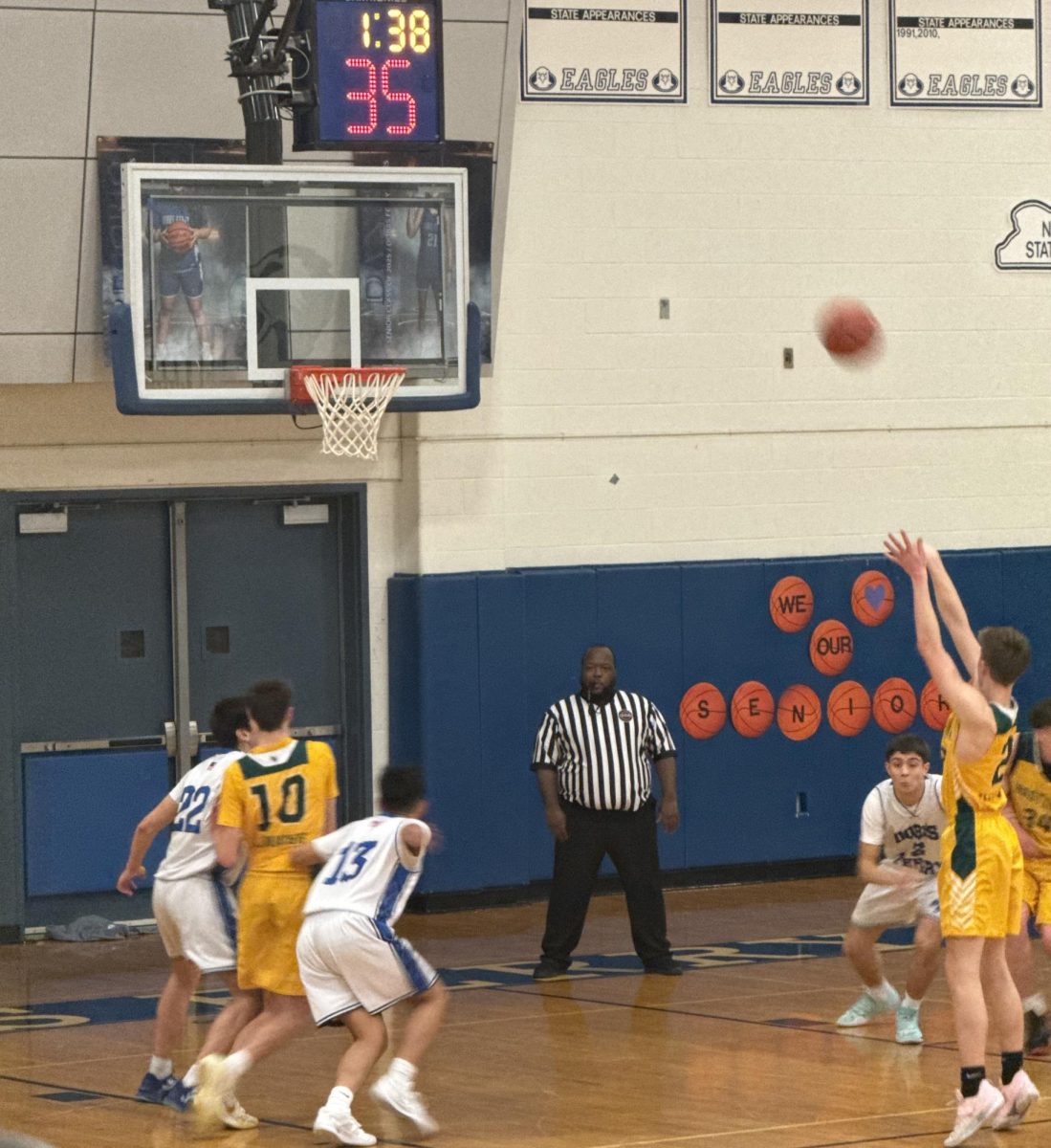On Tuesday, January 21, New York Governor Kathy Hochul announced a new statewide phone policy stating that all schools, kindergarten through twelfth grade, must be distraction-free environments, encouraging the banning of phones, tablets, and smart-watches. The policy sought to address the spike in mental health issues among teenagers, since phone use likely plays a significant role in this phenomenon. The decision now lies with the district for how to determine the most effective way to enforce this policy.
There are three main options that Principal Andrew Clayman established as viable for fulfilling the requirements of Governor Hochul’s statement. The first option entails all students to be required to keep their cell phones in their backpacks or lockers. Mr. Clayman believes that this is “respectful of [students] as young adults,” but he also acknowledges the inconsistencies that might come along with it. For example, one teacher might choose to report a student with their phone out to the administration while another may simply give a reminder to put all phones away. This fosters inequitable enforcement and an unpleasant school environment, potentially damaging relationships between faculty and students.
The second option being considered is having all students place their phones in an alphabetized bin in the main office immediately after entering the school building. There are two large challenges that accompany this approach: students lying and phones going missing or breaking. If students lie and claim that they do not have a phone and then get caught with it, severe discipline would be necessary, as the student both broke the rules and deceived administration. Additionally, if a phone is lost or breaks while in the school’s possession, the district is held liable, resulting in an unnecessary financial burden as well as loss of trust between the administration and students’ families.
The third and final option entails the use of Yondr Pouches, “heavy-duty Ziploc bags with magnetized locks.” The pouches lock after students place their phones in them and do not unlock until students leave the building or the school day is over. Yondr Pouches fulfill all of the requirements of Hochul’s announcement, ensure that the school is not held responsible if a student’s phone is damaged or lost, and safeguard against inequitable enforcement since it would be nearly impossible for a student to have their phone out during school hours. For these reasons, Farragut Middle School will be implementing and enforcing the use of Yondr Pouches next year. The primary downside to Yondr Pouches is that they would cost $20,000 for the entire high school, a price that might be too steep. Despite these three options having been discussed at length, the district has not yet come to a decision on the future of cell phones in the high school.
In order to come to a conclusion regarding the policy, Mr. Clayman’s top priority is having conversations with students and families. The Hastings High School administration has already had many conversations on the topic, but he recognizes the importance of including students in those discussions, as they will be directly impacted by the choice made, whatever that may be.























